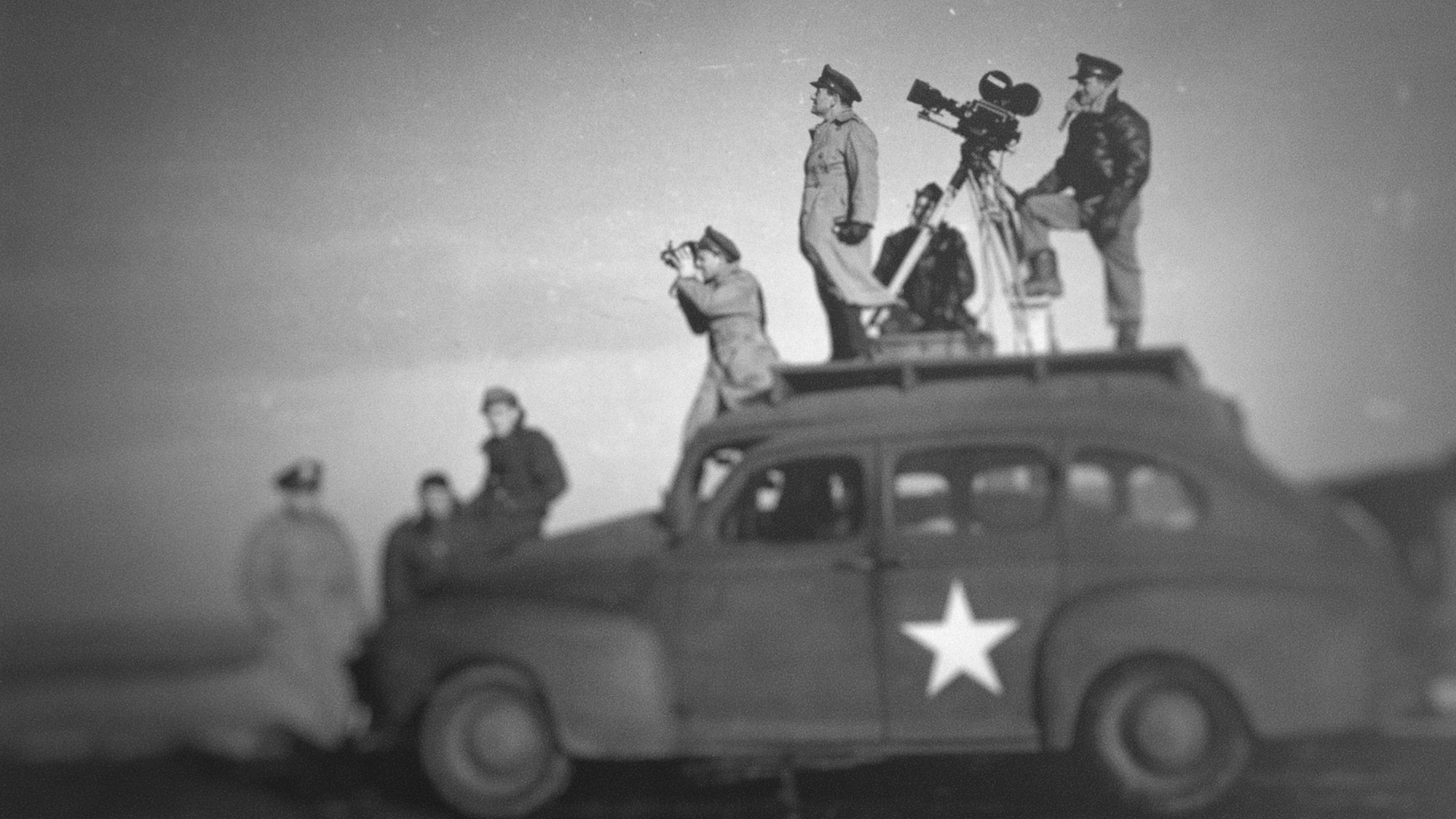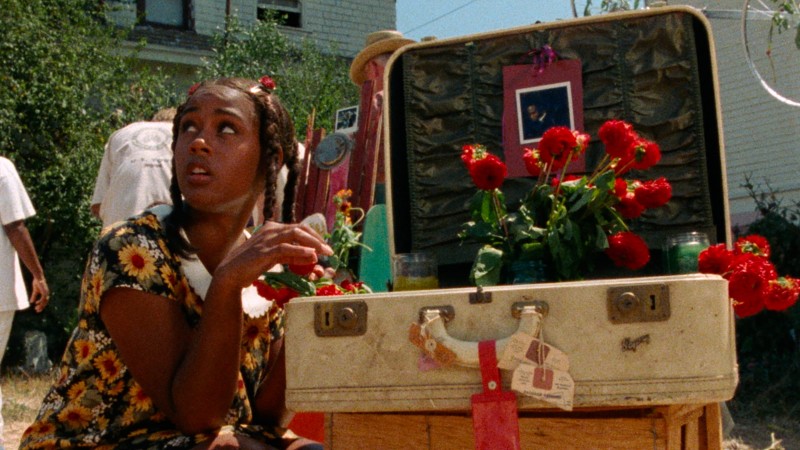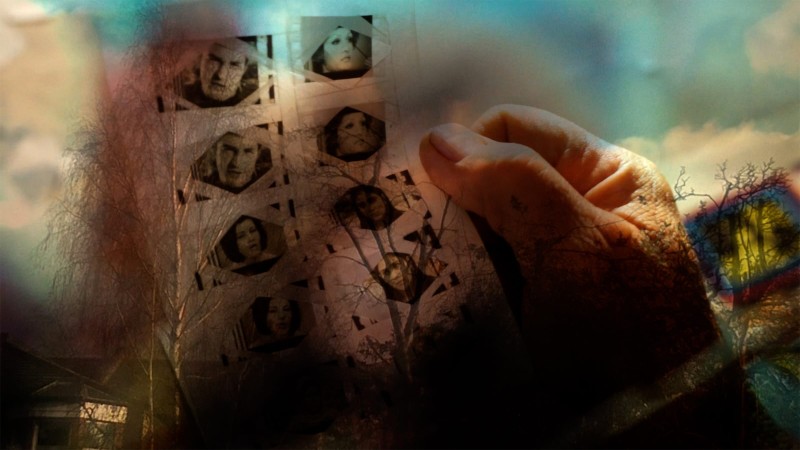Hollywood at War: A Conversation with Mark Harris

Hollywood has always been most comfortable functioning as the world’s dream factory, but in moments of international crisis, the depiction of reality on-screen can become both a social imperative and a political flash point. In his 2014 book Five Came Back, film journalist Mark Harris unearths the history of Tinseltown’s involvement in World War II, a time when Washington began to rely on the movie industry to drum up public support for its intervention and to document the victories and sacrifices of American soldiers abroad. A fascinating look at the disparate ways in which a commercial art form responded to the exigencies of the real world, this sprawling narrative is anchored by biographical portraits of five Oscar-winning directors—John Ford, Frank Capra, William Wyler, George Stevens, and John Huston—who were enlisted to make war documentaries, resulting in work that ran the gamut from mythic, often jingoistic portrayals of heroism to more nuanced accounts of the human toll of combat. All of these Hollywood titans emerged from their military service with their lives, careers, and aesthetics profoundly transformed, and the broadened social and artistic consciousness they brought home with them would reverberate throughout American cinema for decades to come.
With a new three-hour Netflix adaptation of Five Came Back premiering this Friday, Harris—with whom we’ve collaborated before on our edition of Alfred Hitchcock’s Foreign Correspondent—stopped by Criterion to chat about the growing pains these filmmakers experienced during this historical turning point and what their stories tell us about the fundamental tension between reality and illusion in cinema.
How did you get interested in this subject?
What piqued my interest was that I knew very little about it. For my first book, Pictures at a Revolution, I covered the late sixties because I had a very natural interest in that era. For this project, it was almost the reverse. I did not have a great affinity for World War II history, or even Hollywood in that era, but as a journalist I abide by this idea that as soon as you’re avoiding something you have to go toward it. I didn’t know much about that period, but I associated it with a swagger and larger-than-life quality that did not seem real to me. It’s not that I was skeptical about it, but ever since I was a little kid listening to my father tell World War II stories, I’ve found it hard to relate to putting yourself in harm’s way. I started looking at that time, not just at directors, but also producers, émigré actors. Originally, in my head, it was going to be a 2,000-page book. But as I was inching toward a proposal, it really struck me that the story of directors who left and came back was where I stood to learn the most.
In addition to chronicling the lives of these directors, the book captures the emergence of documentary as a force within Hollywood. As you tell us, it’s during World War II that the Oscars create a category for best documentary, and for several years all the nominees were war films, produced by the U.S. or by foreign governments. How would you characterize the changing attitudes toward nonfiction filmmaking during these years?
At the beginning, even the word documentary was greeted with some skepticism. Frank Capra said documentaries were films about polar bears sliding around on their asses. Any time you’re writing about cultural history, it’s an attempt to situate yourself in time. I had to constantly remind myself that at the beginning of World War II, sound movies were only a decade old—YouTube is older than that now. I imagine that by the time World War II started, a lot of people who went to the movies had never seen a documentary. And that means the ethical rules that make documentary a repository of truth and accuracy weren’t fully developed.
This gets into tricky territory. You have John Huston restaging scenes for The Battle of San Pietro, and this is obviously problematic—he knew it and never admitted it. But he was basing his reenactments on his own idea of what war should look like on camera. For him, it was a real ends-justify-the-means moment, and the end, in this case, was realism. These guys were wrestling with a complex set of conflicting imperatives: an obligation to truth, an obligation to the cause, and an obligation to good filmmaking and storytelling. Sometimes it’s almost impossible to tick off all of those boxes at once.
This premium placed on reality on-screen gives rise to a lot of important developments in postwar filmmaking, including Italian neorealism. Did you learn anything about how it affected cinema beyond the time frame explored in the book?
There’s a push toward American social realism, which begins, in 1946, or even earlier, in 1945, with a movie like The Lost Weekend. And then in 1946 you get The Best Years of Our Lives, and there’s a move toward a more socially conscious American filmmaking that starts after the war. I think that’s true in many national cinemas, but it sometimes takes a really long time to manifest itself. In England, in the early 1950s after the war, you get all the Alec Guinness comedies that are an escape from realism, and it’s not until the late fifties and early sixties that you get all that kitchen sink realism. It’s a mistake to think, “Oh, that was 1960, so it couldn’t have possibly been an aftereffect of World War II.” It was definitely related.
The war also fosters a greater sense of individualism and creative independence among Hollywood directors. Is it accurate to say that some of what you describe anticipates not just the rise of auteurism but also the rebellious spirit of sixties Hollywood that you explored in Pictures at a Revolution?
Yes. I think there’s a direct line from the end of World War II to the beginning of auteurist film theory thirteen or fourteen years later. These men all came back to Hollywood with a profoundly changed attitude toward studios and what their role should be. They wanted to be the designers of their own careers, which is why Capra got Stevens and Wyler to form their own company, Liberty Films. Even though the company only ended up making one movie [It’s a Wonderful Life], that impulse to break away from the tyranny of studio heads and studio politics was in place across the board in Hollywood, not just with directors but with actors, producers. Something really new started to take hold there.
The fun thing for me is that a couple people in Five Came Back show up briefly in Pictures at a Revolution. In that book, George Stevens is very late in his career and struggling through the making of The Greatest Story Ever Told, and John Huston is struggling through the making of The Bible. It’s fun to take some of these people who can’t give the greatest accounts of themselves in Pictures at a Revolution and go back and let them have their moment in this book.

We’ve been talking mostly about Hollywood, but I’m curious if your research revealed anything about the adjacency of these directors’ war documentaries to journalism. Were the films being consumed as if they were journalism?
No question. These short documentaries would run before features the same way Hearst or The March of Time newsreels would. At the beginning of the book, George Marshall makes this counterintuitive decision that the people who are in charge of newsreels should not be the ones documenting the war, that it should be Hollywood filmmakers because they’re better storytellers and sellers. But the adjacency is still there. When William Wyler flies on this big multi-plane raid over Germany, it happens to be on a day when the War Department has decided that a lot of journalists, including Walter Cronkite, should be what we now would call embeds, going out for the ride. That mission turns out be pretty disastrous, with heavy American casualties that are widely reported.
One of the things I found interesting to explore was the uncomfortable stretch for these filmmakers, who were being asked to do something way outside of their own experience. And this culminates at Dachau, where George Stevens is not only acting as a journalist with his camera but also as a prosecutor and an evidence gatherer. This man who started making Laurel and Hardy shorts instinctively and immediately knew what his job should be at Dachau. Seventy-five years later, there’s so much Holocaust denial out there, but just imagine how much more there would be without the footage he captured.
Going into the war, from the perspective of Washington, D.C., and the public, there was skepticism about Hollywood, which was seen as an industry of foreigners and subversives and Communists and immigrants and Jews. World War II was the first moment when Hollywood was asked to become—and also took it upon itself to become—a repository of American values.
And it’s because the movies were being asked to be this repository of American values that Hollywood becomes a part of a conversation about what these values are. And what American is. I was struck by how conflicted both the government and the filmmakers were when it came to representing people of color on-screen. You have a figure like the black playwright Carlton Moss, who serves as an important corrective in the production of a documentary called The Negro Soldier . . .
Yes, and there’s also Know Your Enemy: Japan. When we started thinking about turning the book into a documentary, I realized that it’s one thing to describe what the depiction of the Japanese was like, but nothing you can do in writing matches the impact of just showing a little bit of that.
I didn’t realize how torn the War Department was about the racist depictions in that film. I just assumed everyone in power was on board with scapegoating the Japanese community in that way.
I did too, and it was very jolting to discover. We’re conditioned, for good reason, to think that all government intervention in content is bad, but what do you do with something like the depiction of Japanese Americans and African Americans? On the one hand, the government is actually pushing Hollywood for more enlightened and progressive portrayals than what the filmmakers originally intended. On the other, the government’s motives for doing that were problematic and corrupt. In the case of African Americans, they’re trying to get more of them enlisted, and in the case of Japanese Americans, they’re trying to make it easier to scatter and reintegrate them throughout the Southwest. When I was researching Know Your Enemy: Japan, I kept hoping that I would get to the point late in that film’s gestation, when Huston and Capra worked on it, and see those racist clichés start to fall away.
But it’s Huston who ultimately writes the most racist version of the script.
Right, and Capra kept a lot of it. There’s a lot to chew on here. And obviously I would never have gone into the book telling myself I was going to omit something because it was unflattering.
Were there things that you came to appreciate about these filmmakers that you hadn’t before?
I was really relieved that I did not hate any of the five by the time this ended. In terms of their personalities, some were more difficult than others. I think it comes across how moved I was by the stories of Wyler and Stevens. I never get tired of watching or showing people The Best Years of Our Lives. But I can’t call that movie underrated because I think people really do get it’s one of the great American movies. A movie that I do think is underrated is They Were Expendable, which is not one of Ford’s most known or loved movies—it’s sentimental and male in a way that is not in fashion right now. Unlike It’s a Wonderful Life, which was wrong for its moment and then got rediscovered, They Were Expendable never got its due, and even Ford publicly rolled his eyes at it a few times in the fifties. But it’s a very good, sober, sad movie about loss and parting and failure, which is such an unusual thing for an American filmmaker to have made at this moment of triumphalism.

Does Hollywood ever mobilize itself again behind a political cause to the degree that it did during World War II?
You can certainly see some unity in Hollywood in the 1960s around the civil rights movement, with everyone from Paul Newman to Harry Belafonte to Marlon Brando going to the South and marching. I think that was the closest thing. And there was a point when I thought I was going to have a postscript in the book set in 1950, when Cecil B. DeMille tried to institute an anti-Communist loyalty oath for the Director’s Guild of America. That’s the only time, including the times recounted in the book, when all five of these directors got together, and each of them played a different role in making that loyalty oath not happen. It’s an unbelievably dramatic story, and the only reason I didn’t do it was that to tell the story fairly and fully would’ve taken about forty or fifty pages.
Now that cinema is no longer as central in our culture, it doesn’t seem possible that Hollywood will exert the same level of influence in the Trump era as it did in those instances you mention.
And that wouldn’t necessarily be desirable. We get our information from a lot more places now. We wouldn’t need Hollywood to bring a nonfiction version of war home for us because we have an infinitely greater number of visual journalism sources. Obviously I didn’t imagine that Five Came Back was going to emerge in a Trump presidency. We were working on this very intensely during the election, and though we didn’t change anything because of it, we were certainly aware of questions of fake news and the dangers of state-run media. I’m moved by the fact that from the very beginning of this story there was concern about censorship and the government putting a heavy hand on Hollywood moviemaking, and that this concern was shared by both Republicans and Democrats in Congress. Only fringe lunatics would have tried to argue against the value of an established journalistic practice. If that resonates with people when they read the book or watch the series, good.



